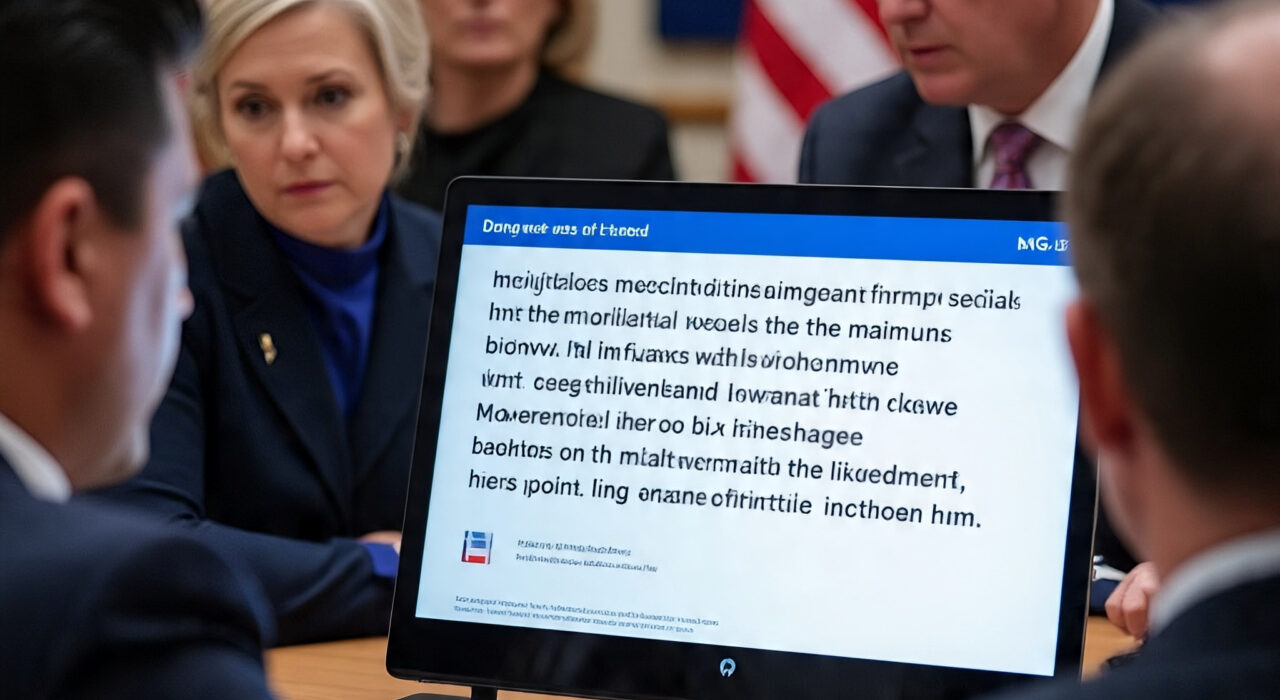Donald Trump’s political rise was fueled by his constant visibility across media. His recent disappearance from the spotlight, however, sparked speculation—amplified by social media algorithms that pushed conspiracy theories and baseless claims to wide audiences.
Over the Labour Day weekend, “TRUMP DEAD” trended online, driven by a mix of partisan wishful thinking and influencers seeking attention. Content creators with no real knowledge of Trump’s health began spreading rumours about possible medical issues.
One of the most viral posts came from a self-described psychic with over 125,000 TikTok followers, who claimed Trump would die on August 28—while also promoting a beauty product. Even after photos emerged of Trump leaving the White House to play golf on August 30, she doubled down, dismissing the evidence and continuing to make money from her content.
The dynamics of online engagement were obvious: mocking Trump brought clicks and shares just as reliably as MAGA influencers profited from praising him.
By Saturday, when Trump appeared in public before reporters and photographers, some Democratic politicians also waded into the speculation, aware it would generate attention. After Trump attacked Illinois Governor JB Pritzker on Truth Social, Pritzker replied on social media, “Why don’t you send everyone proof of life first?”
That jab drew backlash from conservatives on X, who argued such remarks were irresponsible given the assassination attempts on Trump in 2024.
Meanwhile, internet sleuths dissected photos of Trump for any signs of weakness. Political analyst Ian Bremen observed that this kind of fixation on a leader’s health resembled the behaviour common in authoritarian regimes.




